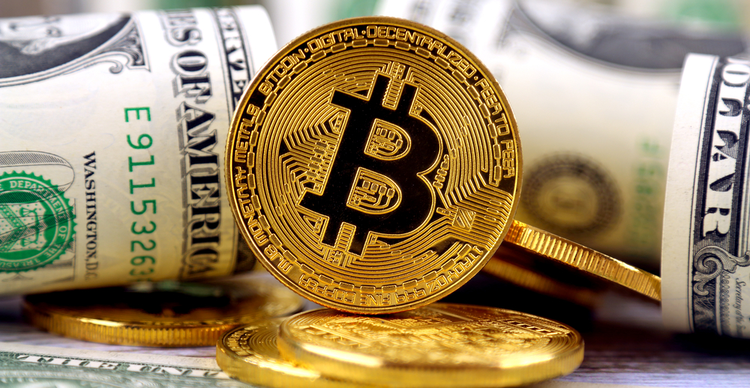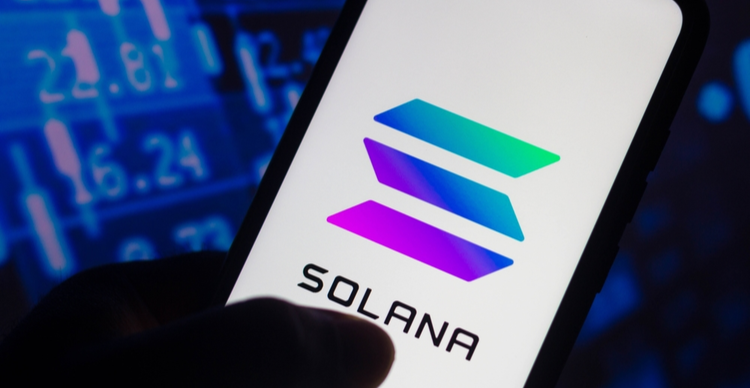
Der Softwareentwickler und Unternehmer prognostizierte, dass viele Projekte im DeFi-Bereich die nächsten fünf bis zehn Jahre nicht überdauern würden.
In einer kürzlich durchgeführten YouTube-Sitzung teilte Cardano-Gründer Charles Hoskinson seinen Ausblick auf die Zukunft der dezentralisierten Finanzen. Hoskinson, der anscheinend geschworen hat, den Sektor neu zu definieren, sagte voraus, dass viele aktive DeFi-Projekte innerhalb der nächsten fünf bis zehn Jahre vom Netz gehen würden.
Er nannte den Mangel an langfristiger Vision und rigorosem Engineering als Faktor, der die meisten dieser Projekte in diese Richtung lenken wird. Hoskinson behauptete, dass die Branche von vielen Projekten überflutet wird, die von der „Hoffnung und Gebet“-Mentalität betrieben werden, was, wie er betonte, nicht ausreicht, um sie über Wasser zu halten. ‚
„Es ist sehr schwer, diese Art von Engineering zu machen und es richtig zu machen, mit Blick und Weitblick für die Zukunft. Leider werden viele der Projekte in diesem Bereich den Test der Zeit nicht bestehen. Wir werden in den nächsten fünf bis zehn Jahren ein großes Aussterbeereignis erleben, und der Grund, warum man die Dinge richtig macht, ist, dass man bei diesem Aussterbeereignis noch dabei sein kann“, sagte er.
Schlechte Qualität der Anwendungen schadet dem Ruf des Ökosystems
Hoskinson meinte, dass viele der aktuellen Projekte von „niedriger Qualität“ seien und hob dies als Grund für die Unzufriedenheit innerhalb der DeFi-Community hervor.
„Viele von Ihnen haben genug von den unglaublichen Kosten, dem Mangel an Klarheit und der geringen Produktionsqualität von Anwendungen im DeFi-Bereich“, sagte der Input-Output-Chef seinen Zuschauern.
Der Cardano-Chef begründete seine Meinung damit, dass der DeFi-Sektor eine Reihe von Hacks erlebt habe, von denen die meisten zu großen finanziellen Verlusten führten. Hoskinson bezeichnete den Ethereum-Raum besonders dafür, dass er Schlupflöcher habe, die ausgenutzt wurden, was allein in diesem Jahr zu Verlusten in Höhe von 10 Milliarden USD führte.
Überleben der Stärksten
Der Cardano-Chef beobachtete auch, dass der DeFi-Raum zu einer Umgebung geworden war, in der nur die Projekte überleben, die an der Spitze hervorgehen. Während der 28-minütigen Sitzung mit dem Titel „DApps and Cardano DeFi Alliance“ beschrieb Hoskinson Cardano als ein Projekt, das die bestehenden Schwächen angehen will.
Er fügte hinzu, dass die DeFi-Plattform von Cardano Aspekte wie öffentlich-private Partnerschaften und Zertifizierungsstandards priorisiert, um sie relevanter und sicherer zu machen. Hoskinson argumentierte, dass die gesamte Branche von Zertifizierungsstandards profitieren könnte, da sie die Grundlage für die Bestimmung des Wertes von DeFi-Projekten darstellen würden.
Weitere Entwicklungen in der Pipeline
Der Technologieunternehmer prognostizierte, dass 2022 ein großartiges Jahr für Cardano wird, da das Netzwerk noch bedeutendere Entwicklungen erleben wird. Er fuhr fort, ein Joint Venture namens Cardano DeFi Alliance vorzustellen, das aus verschiedenen Entwicklern besteht, die an der Weiterentwicklung der Blockchain arbeiten. Das Ziel der Allianz sei es, ein „robustes und dynamisches“ Ökosystem aufzubauen, das als Schrittmacher in der DeFi-Branche dienen wird.
The post Laut dem Gründer von Cardano ist eine DeFi-Aussterbewelle auf dem Weg appeared first on BitcoinMag.de.




